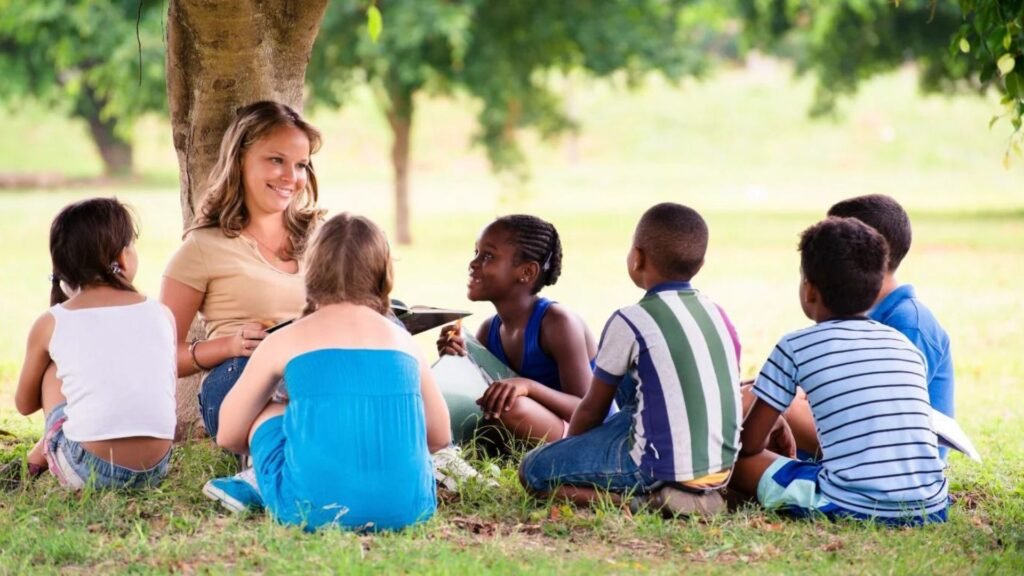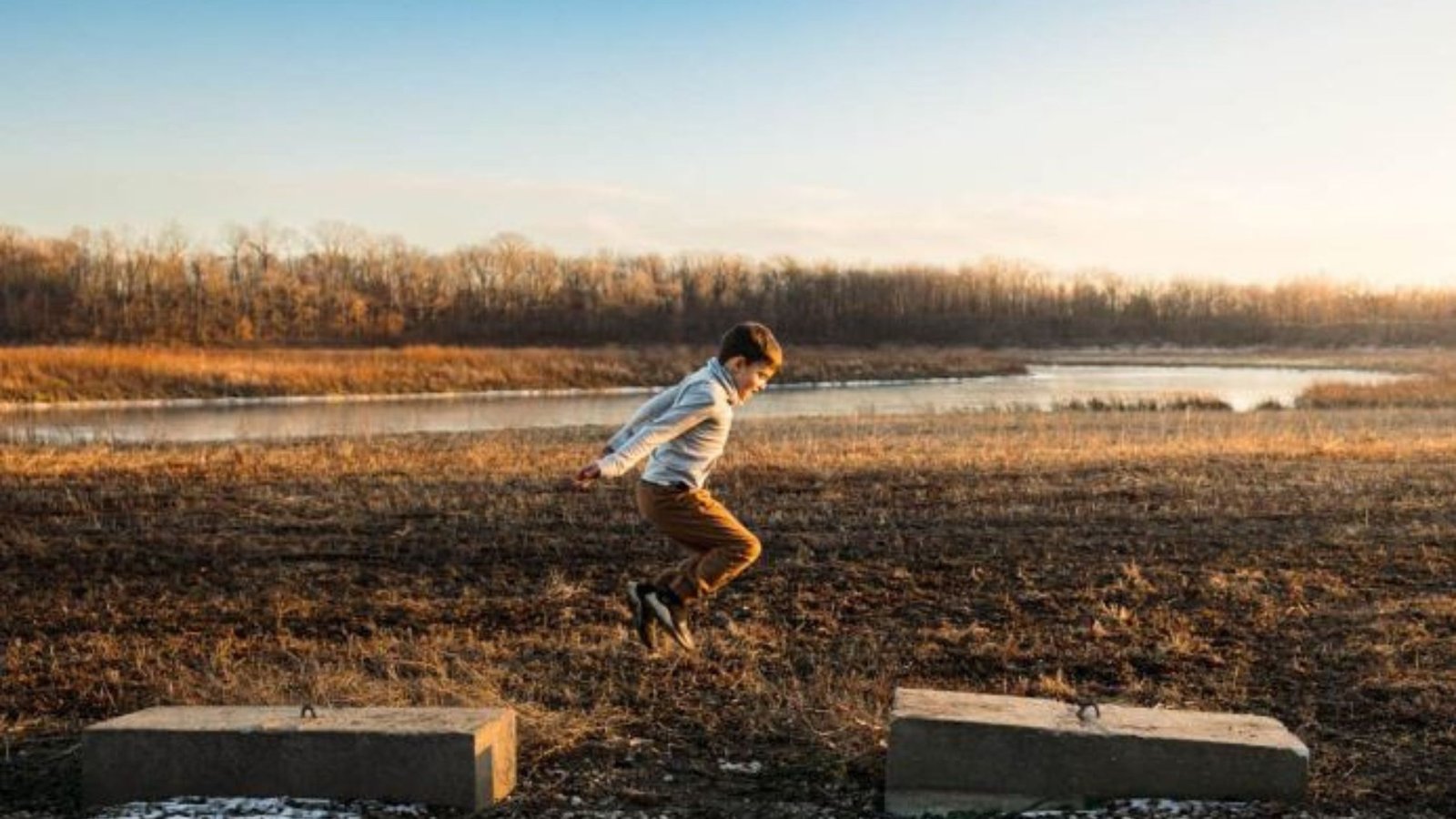1. Choose Age-Appropriate Activities
- Nature Walks: Explore local parks or nature reserves, identifying plants, insects, and wildlife.
- Outdoor Scavenger Hunts: Create lists of items for children to find, encouraging observation skills.
- Gardening: Planting seeds, caring for plants, and learning about ecosystems.
2. Incorporate Learning Opportunities
- Science Experiments: Conduct simple experiments outdoors, such as observing changes in weather or studying water flow.
- Art and Creativity: Use natural materials like leaves and rocks for art projects, or create nature-inspired crafts.
3. Make it Interactive and Playful
- Role-playing: Pretend to be explorers, scientists, or wildlife photographers.
- Games: Play outdoor games like tag, hide-and-seek, or nature-themed bingo.
4. Teach Environmental Awareness
- Nature Conservation: Discuss the importance of recycling, reducing waste, and protecting wildlife habitats.
- Leave No Trace: Educate children on principles like packing out trash and respecting wildlife.
5. Safety First
- Supervision: Always supervise children during outdoor activities and teach them about potential hazards.
- Sun and Weather Protection: Dress appropriately for the weather and apply sunscreen.
6. Encourage Curiosity and Exploration
- Ask Questions: Prompt children to ask questions about their surroundings and find answers together.
- Hands-on Learning: Let them touch, smell, and observe natural elements to stimulate their senses.
7. Plan Outdoor Field Trips
- Nature Centers: Visit local nature centers or botanical gardens for guided tours and educational programs.
- Farm Visits: Learn about farming, animals, and food production firsthand.
8. Document and Reflect
- Nature Journals: Encourage kids to keep journals to record their observations, drawings, and reflections.
- Photography: Let them capture their outdoor adventures through photography.
9. Foster Teamwork and Social Skills
- Group Activities: Organize group projects like building a birdhouse or creating a mini-garden.
- Collaborative Play: Encourage sharing, taking turns, and problem-solving in outdoor settings.
10. Embrace Seasonal Changes
- Seasonal Activities: Tailor activities to seasons, such as snowshoeing in winter or picnicking in spring.
- Celebrate Nature: Mark special events like Earth Day or World Environment Day with outdoor-themed activities.
Conclusion
Engaging kids in outdoor learning and activities is not only educational but also enriching. By fostering a connection with nature early on, children develop a lifelong appreciation for the environment and valuable skills through hands-on experiences.












